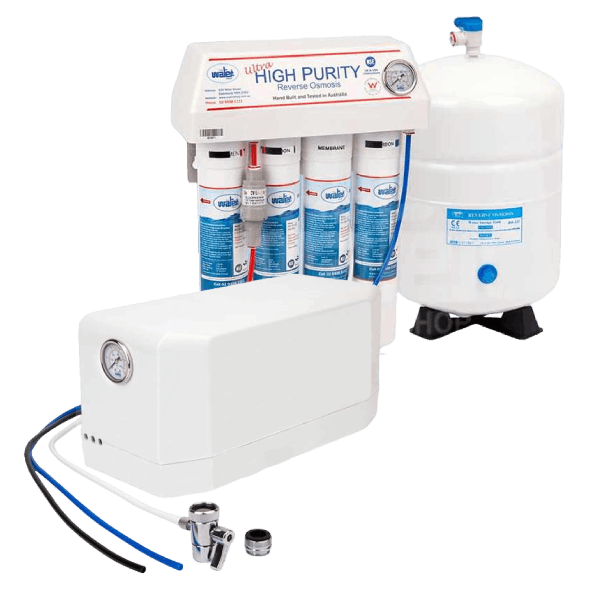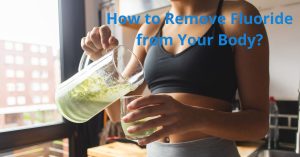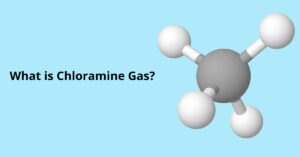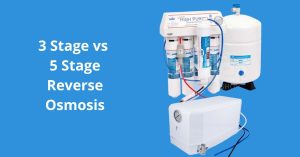
How to remove PFAS from the body
As a water filtration professional and advocate for clean water, I’ve spent years studying the effects of various contaminants on our health. One group of chemicals that has gained significant attention in recent years is PFAS, or per- and polyfluoroalkyl substances. These “forever chemicals” have become a major concern due to their persistence in the environment and potential health risks. In this post, I’ll share what I’ve learned about removing PFAS from the body and reducing exposure to these chemicals.
As a mother, I have a strong personal interest in keeping my family safe from any environmental contaminants. This drive has fuelled my passion for understanding and addressing the challenges posed by substances like PFAS. I believe that every parent should have access to the information and tools needed to protect their loved ones from environmental hazards.
Understanding PFAS
Before we dive into removal methods, it’s important to understand what PFAS are and why they’re concerning. PFAS are a group of man-made chemicals used in various industries since the 1940s. They’re found in many consumer products, including non-stick cookware, water-repellent clothing, stain-resistant fabrics, certain types of firefighting foam, and even tooth floss.
The problem with PFAS is that they don’t break down easily in the environment or in our bodies. This persistence has led to widespread contamination of water sources and accumulation in the human body over time.

Source: EPA (https://www.epa.sa.gov.au/environmental_info/perfluorinated-compounds)
Can PFAS Be Removed from the Body?
The short answer is yes, but it’s not a quick or simple process. Over time, our bodies can naturally eliminate PFAS mostly through urine, but the rate of elimination is slow and varies depending on the specific type of PFAS. Some studies suggest that it can take several years for the body to eliminate certain types of PFAS.
While there’s no magic pill or treatment to instantly remove PFAS from your body, there are steps you can take to support your body’s natural detoxification processes and reduce your ongoing exposure.
Supporting Your Body’s Natural Detoxification
Stay Hydrated: Drinking plenty of water can help flush toxins from your body. Aim for at least 8 glasses of clean, filtered water per day.

Source: Amymeyersmd.com (https://www.amymyersmd.com/article/foods-detox-naturally)
Eat a Healthy Diet: A diet rich in fruits, vegetables, and whole grains provides essential nutrients that support your body’s detoxification processes. Foods high in antioxidants, such as berries and leafy greens, can be particularly beneficial.
Exercise Regularly: Regular exercise has been shown to help increase the body’s circulation of lymph fluid, helping you flush out toxins and bacteria more effectively.
Support Liver Health: Your liver plays a crucial role in detoxification. Foods that support liver health include garlic, turmeric, leafy greens, and cruciferous vegetables.
Consider Supplements: Some studies suggest that certain supplements, such as folate, activated charcoal or chlorella, may help bind to toxins in the body. However, this is not medical advise and always consult with a healthcare professional before starting any new supplement regimen.
How to Reduce Exposure to PFAS
While supporting your body’s detoxification is important, the most effective strategy is to reduce your ongoing exposure to PFAS. Here are some steps you can take:
Filter Your Water: Contaminated drinking water is one of the leading sources of PFAS exposure. Investing in a high-quality water filtration system can significantly reduce your exposure. Options include:
Reverse osmosis filter: a undersink reverse osmosis system or a countertop reverse osmosis filter can effectively remove PFAS from your drinking water.
Benchtop water filter: Some benchtop filters have the ability to eliminate PFAS and other contaminants.
Avoid non-stick cookware: Replace all non-stick pans with stainless steel, cast iron, or ceramic alternatives.
Check Your Personal Care Products: Certain cosmetics including lipsticks, eyeshadows and moisturizers are contaminated with PFAS. I have personally moved away from all mainstream brands after checking the listed ingredients.
Be Cautious with Fast Food Packaging: Many fast food wrappers and containers contain PFAS. Try to use these products as little as possible.
Dust and Vacuum Regularly: PFAS can accumulate in household dust. I find this absolutely crazy! Regular cleaning can help reduce your exposure.
Choose PFAS-Free Clothing: When buying water-resistant or stain-resistant clothing, look for items specifically labelled as PFAS-free.
The Importance of Clean Water
I can’t stress enough how crucial clean water is in reducing your PFAS exposure. A high-quality reverse osmosis system for home use can be one of the most effective ways to ensure your drinking water is free from PFAS and other contaminants.
RO filtration works by forcing water through a semipermeable membrane, effectively removing a wide range of contaminants, including PFAS. Whether you choose an undersink reverse osmosis system 4 stage or 5 stage, or a countertop RO filter, you’re making a significant investment in your health.
If you’re considering a water filtration system, here are some options to think about:
Undersink Reverse Osmosis System: These systems are installed under your sink and can provide clean water for your entire kitchen. They’re out of sight and can filter large volumes of water.
Countertop Reverse Osmosis Filter: If you’re renting or don’t want to modify your plumbing, a countertop RO filter can be a great option. They are lightweight and portable.
Benchtop Water Filter: While not all benchtop filters use RO technology, some advanced models can effectively remove PFAS and other contaminants lite fluoride.
Whole House Water Filtration System: For comprehensive protection, consider a whole-house system that filters water at the point of entry to your home.
Remember, when choosing a filtration system, look for one that’s specifically certified to remove PFAS.
Looking to the Future
As we continue to learn more about PFAS and their effects on human health, it’s likely that we’ll see more regulations and better methods for removing these chemicals from our environment and our bodies. In the meantime, taking steps to reduce your exposure and support your body’s natural detoxification processes is the best approach.
It’s also important to stay informed about PFAS contamination in your area. Many states now provide information about PFAS levels in local water supplies. If you’re concerned about PFAS in your water, consider having it tested.
Remember, while the presence of PFAS in our environment can seem daunting, there are concrete steps we can take to protect ourselves and our families. By making informed choices about our water, our products, and our lifestyle, we can significantly reduce our exposure to these persistent chemicals.
Disclaimer: The information provided in this blog post is for educational and informational purposes only. It is not intended as a substitute for professional medical advice, diagnosis, or treatment. Always seek the advice of your physician or other qualified health provider with any questions you may have regarding a medical condition or treatment. Never disregard professional medical advice or delay in seeking it because of something you have read in this blog.




